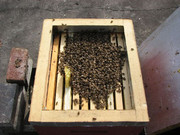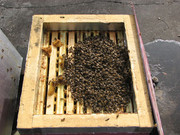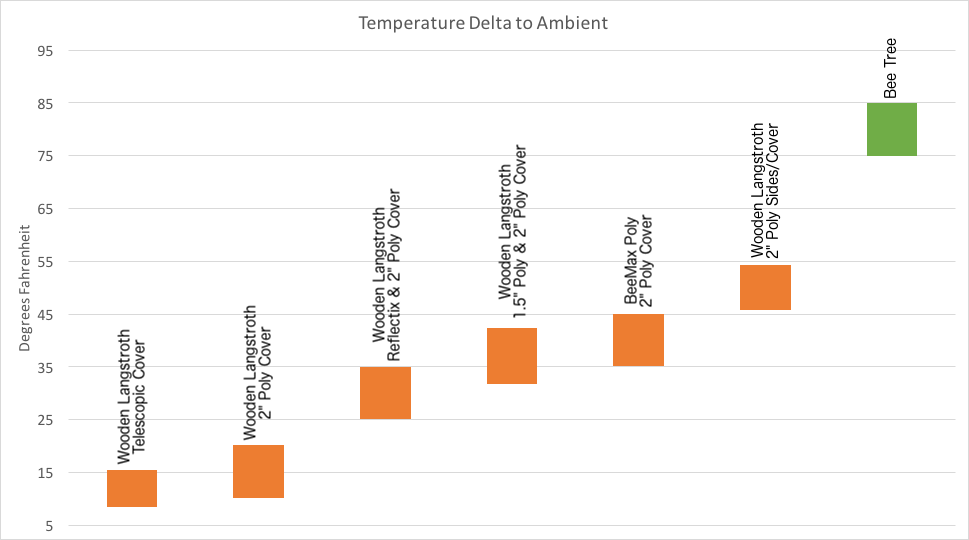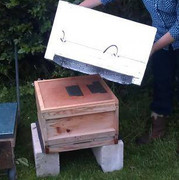Not to hijack another thread, I will share my methods/thoughts on the subject for those that have been asking.
First of all I would like to recommend anyone considering these methods take the time and read (or listen to) a short book called
"Constructive Beekeeping" by Ed Clarke. He lays out the scientific explanations of why feral bees use condensation over ventilation.
PDF ->
https://beevac.com/photos/albums/userpics/10001/Ed_Clark_-_Constructive_Beekeeping.pdfAudioBook ->
https://librivox.org/constructive-beekeeping-by-ed-clark/None of the things I discuss below will work if you provide any type of upper ventilation to your hives. The analogy is that any effort to improve the insulation in your house is meaningless if you always leave your front door and an upstairs window open.
I have been overwintering here in the Northeast in a single BeeMax polystyrene deep brood box with a 2" ploystryrene shim and a 2" polystyrene cover. The accepted norm in my area is two deeps with 90-100lbs of honey. Even on the coldest winters I have many hives with 3-4 frames of honey left in spring.
Why the shim? My initial use of the shim was to be prepared to provide additional food to the hive with minimal disturbance. By putting the shim on in early fall, the bees could propolize up the cracks and seal off any drafts. If you wait to put the shim on in winter, it will add drafts to the hive. Although I never had the need to feed, I found a the bees thrived in the open space. Here are a couple of pictures of my single deep hive in February.


Recently after discussions with Derick Mitchell and his work
Ratios of colony mass to thermal conductance of tree and man-made nest enclosures of Apis mellifera I have been doing similar work on American Langstroth hives. I can't share any of the details of my work at this time, but I will provide some results for those looking to undertake insulating their hives. These where 2 deep hive bodies with different insulation on the sides and 2" poly top.

As you can see, the best commercially available Langstroth hive is only 1/2 as good as the bee tree. Disclaimer: I am currently seeking a representative tree to apply my test methodology, the green bee tree in the graph is based on Derek's work. His work on National hives align with my findings with Langstroth.
Assuming Derek's work is representative to a feral colony, it implies that a feral bee tree will not need to cluster until the outside temperature is -40 degrees. Meaning that most feral colonies NEVER cluster. In this case clustering can be seen as a defensive response to survive and most likely a stress on the bees.
Derek has been advising his fellow beekeepers to use what he refers to as a cozy. It is 2" insulation sealed shell that is place over the wooden hives (with top cover removed).

